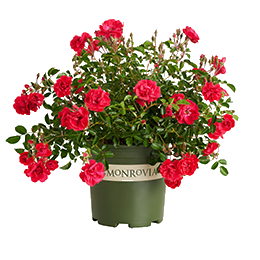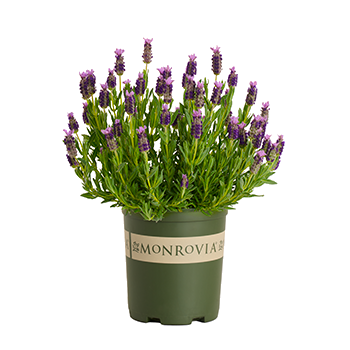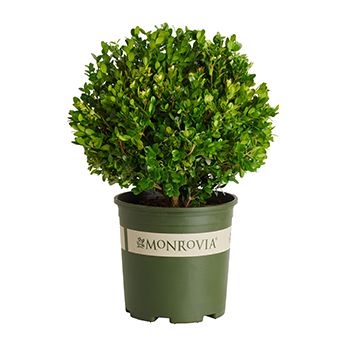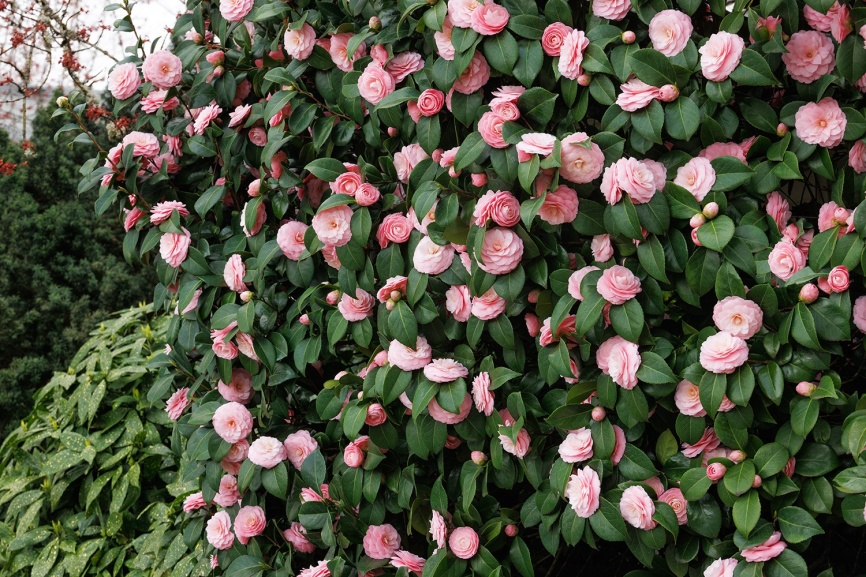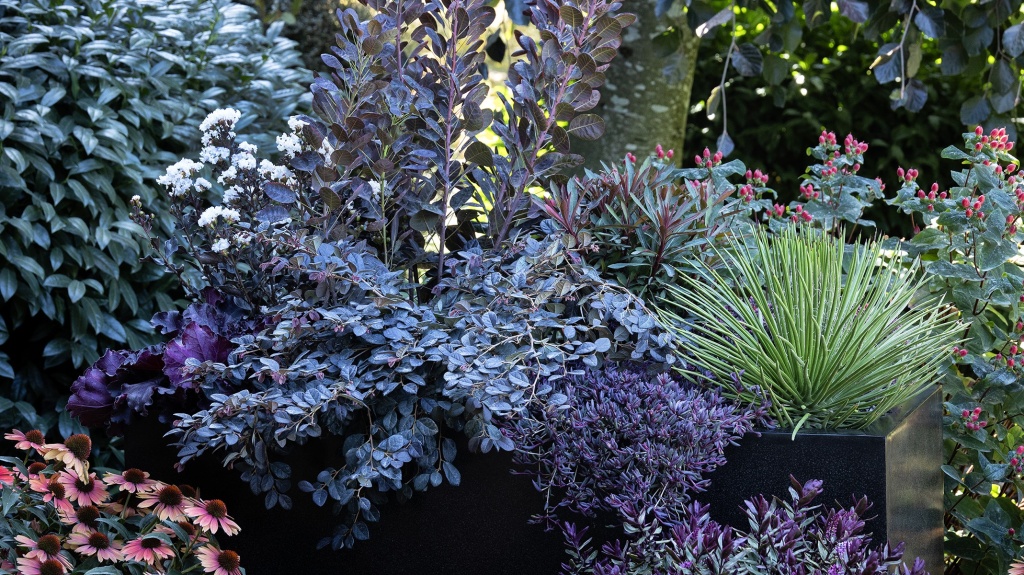You're growing in this Zip Code:
Change LocationDiscover Plants for Your Area
Neptune Catmint
Nepeta kubanica 'Bokratune' PP #29,556
Retailers Near You
| Description | This fantastic new dwarf catmint packs a punch with big, violet-blue flowers and big, fresh green leaves on a diminutive form. Quickly reblooms late summer into fall if deadheaded promptly. Dense, upright and never floppy like many other catmints, perfect for a perennial border, wildlife garden or mixed container. An herbaceous perennial. |
|---|---|
| Bloom Time | Summer into fall |
| Deciduous/Evergreen | Herbaceous |
| Special Features | Attracts Butterflies, Attracts Hummingbirds, Easy Care, Waterwise, Attracts Pollinators, Compact Form |
| Problems/Solutions | Deer Resistant, Erosion Control, Rabbit Resistant, Tolerates Urban Pollution |
| Growth Rate | Moderate |
| Flower Attributes | Flowers for Cutting, Fragrant, Long Bloom Season, Repeat Flowering, Showy Flowers |
| Patent Act | Asexual reproduction of plants protected by the Plant Patent Act is prohibited during the life of the patent. |
| Landscape Use | Border, Container, Ground Cover, Edging, Small Spaces |
| Design Ideas | Plant this charming dwarf perennial toward the front of a border to enjoy the fragrant leaves and abundant blooms. Catmint is a cottage garden essential and makes a fantastic filler in front of roses. Plant in masses to create a swale of violet-blue. Pair with silver or burgundy foliage for contrast, or combine with yellow or red flowering plants to create exciting color schemes. Pop individually into decorative containers as garden party centerpieces that can be gifted or planted in memory of the occasion. Plant in a kitchen or herb or vegetable garden where the flowers will attract pollinators and the attractive scalloped leaves can be cut and dried to make tea. |
| Flower Color | Violet-blue |
| Foliage Color | Green |
| Companion Plants | Coneflower (Echinacea); Black-Eyed Susan (Rudbeckia); Blue Fescue (Festuca); Butterfly Weed (Asclepias); Butterfly Bush (Buddleja); Salvia (Salvia) |
| Care Instructions | Thrives in average to lean, well-drained soils. Water deeply, regularly during first growing season to establish an extensive root system; once established, reduce frequency. Prune lightly after flowering, for a tidy appearance and to promote repeat bloom. Fertilize lightly during the growing season. |
| History | The genus Nepeta consists of approximately 250 species found in many temperate and colder regions of the Northern hemisphere. Most species are perennial and have aromatic foliage and primarily violet-blue flowers. Nepeta kubanica 'Bokratune' arose as part of an ongoing breeding program conducted by Kees Jan Kraan in Boskoop, The Netherlands with the goal of developing new cultivars of Nepeta with unique characteristics. 'Bokratune' derived from open pollination of an unnamed and unpatented proprietary seedling of Nepeta kubanica in summer of 2013. Selected from the resulting seedlings, the new cultivar displays the following traits: a very compact plant habit, deep violet-blue flower color, very large flower size relative to the overall plant, and prompt re-blooming habit after deadheading. U.S. Plant Patent #29,556 was issued in July of 2018. |
| Lore | Nepeta is commonly called catmint, though not all species and varieties produce leaves whose scent is highly attractive and mood-altering to cats. Nepeta cataria is the true catnip that is loved by house cats; the organic compound nepetalactone, which acts as a cat attractant, was first isolated from this species. Not all cats react to this compound; 30% or more of the feline population is completely insensitive to it. Catmints that may be less likely to be visited by cats include certain Nepeta x faassennii, Nepeta racemosa, Nepeta siberica, and Nepeta subsessilis. Many plants in the genus Nepeta are deterrents for certain insects, including aphids and squash bugs. |
| Description | This fantastic new dwarf catmint packs a punch with big, violet-blue flowers and big, fresh green leaves on a diminutive form. Quickly reblooms late summer into fall if deadheaded promptly. Dense, upright and never floppy like many other catmints, perfect for a perennial border, wildlife garden or mixed container. An herbaceous perennial. |
|---|---|
| Bloom Time | Summer into fall |
| Deciduous/Evergreen | Herbaceous |
| Special Features | Attracts Butterflies, Attracts Hummingbirds, Easy Care, Waterwise, Attracts Pollinators, Compact Form |
| Problems/Solutions | Deer Resistant, Erosion Control, Rabbit Resistant, Tolerates Urban Pollution |
| Growth Rate | Moderate |
| Flower Attributes | Flowers for Cutting, Fragrant, Long Bloom Season, Repeat Flowering, Showy Flowers |
| Patent Act | Asexual reproduction of plants protected by the Plant Patent Act is prohibited during the life of the patent. |
| Landscape Use | Border, Container, Ground Cover, Edging, Small Spaces |
|---|---|
| Design Ideas | Plant this charming dwarf perennial toward the front of a border to enjoy the fragrant leaves and abundant blooms. Catmint is a cottage garden essential and makes a fantastic filler in front of roses. Plant in masses to create a swale of violet-blue. Pair with silver or burgundy foliage for contrast, or combine with yellow or red flowering plants to create exciting color schemes. Pop individually into decorative containers as garden party centerpieces that can be gifted or planted in memory of the occasion. Plant in a kitchen or herb or vegetable garden where the flowers will attract pollinators and the attractive scalloped leaves can be cut and dried to make tea. |
| Flower Color | Violet-blue |
| Foliage Color | Green |
| Companion Plants | Coneflower (Echinacea); Black-Eyed Susan (Rudbeckia); Blue Fescue (Festuca); Butterfly Weed (Asclepias); Butterfly Bush (Buddleja); Salvia (Salvia) |
| Care Instructions | Thrives in average to lean, well-drained soils. Water deeply, regularly during first growing season to establish an extensive root system; once established, reduce frequency. Prune lightly after flowering, for a tidy appearance and to promote repeat bloom. Fertilize lightly during the growing season. |
|---|
| History | The genus Nepeta consists of approximately 250 species found in many temperate and colder regions of the Northern hemisphere. Most species are perennial and have aromatic foliage and primarily violet-blue flowers. Nepeta kubanica 'Bokratune' arose as part of an ongoing breeding program conducted by Kees Jan Kraan in Boskoop, The Netherlands with the goal of developing new cultivars of Nepeta with unique characteristics. 'Bokratune' derived from open pollination of an unnamed and unpatented proprietary seedling of Nepeta kubanica in summer of 2013. Selected from the resulting seedlings, the new cultivar displays the following traits: a very compact plant habit, deep violet-blue flower color, very large flower size relative to the overall plant, and prompt re-blooming habit after deadheading. U.S. Plant Patent #29,556 was issued in July of 2018. |
|---|---|
| Lore | Nepeta is commonly called catmint, though not all species and varieties produce leaves whose scent is highly attractive and mood-altering to cats. Nepeta cataria is the true catnip that is loved by house cats; the organic compound nepetalactone, which acts as a cat attractant, was first isolated from this species. Not all cats react to this compound; 30% or more of the feline population is completely insensitive to it. Catmints that may be less likely to be visited by cats include certain Nepeta x faassennii, Nepeta racemosa, Nepeta siberica, and Nepeta subsessilis. Many plants in the genus Nepeta are deterrents for certain insects, including aphids and squash bugs. |
Retailers Near You
About Us
We have been pioneers and craftsmen in the art of growing plants for nearly
100 years. Since our founding in Southern California by Harry E. Rosedale, Sr.
in 1926, we have been absolutely dedicated and obsessed with quality.
We have been pioneers and craftsmen in the art of growing plants for nearly 100 years. Since our founding in Southern California by Harry E. Rosedale, Sr. in 1926, we have been absolutely dedicated and obsessed with quality.
